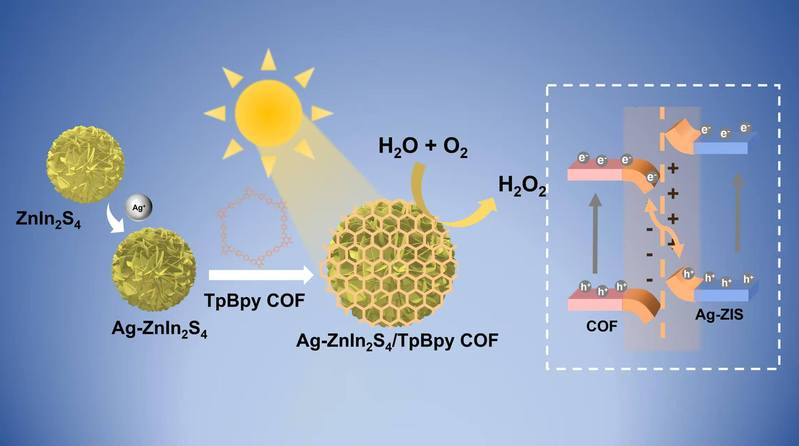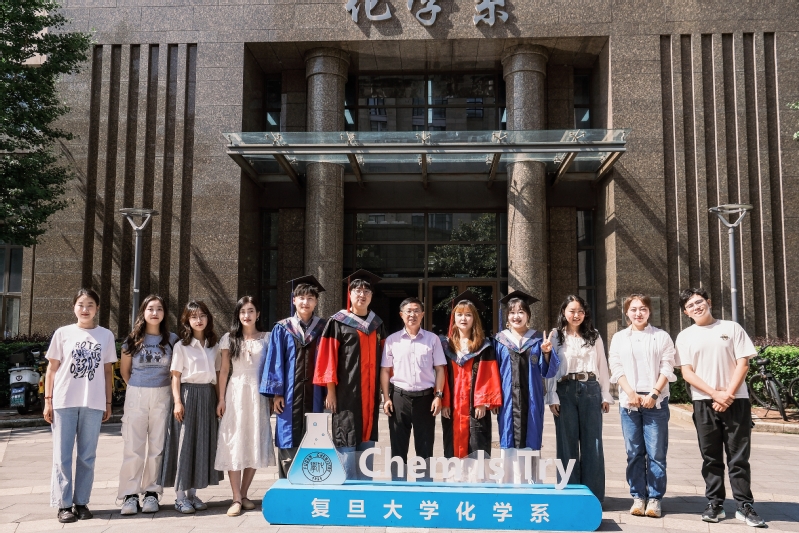Insights into the Relationship of the Heterojunction Structure and Excellent Activity: Photo-Oxidative Coupling of Benzylamine on CeO2-rod/g-C3N4 Hybrid under Mild Reaction Conditions
Oxidation of amines to imines under light irradiation has been widely studied in the field of heterogeneous catalysis. For the first time, we demonstrate a facile mixing calcination approach for the preparation of CeO2/g-C3N4–x as a heterojunction catalyst for the photo-oxidative coupling of benzylamine under the irradiation of a 300 W Xe arc lamp at 308 K with the air balloon. It was found that the rate constant of CeR/CN-66% was 3 times as high as that of pure CeO2 or g-C3N4. All kinds of structural characterizations suggested the formation of heterojunction between the CeO2 and g-C3N4, serving as a tunnel for the transfer of photoinduced charge, which may contribute to the improvement of photoactivity. Moreover, the Ce3+ ions and oxygen vacancy significantly promoted the adsorption and activation of substrate or molecular O2. Therefore, the efficient separation of the charges, the prolonged photoinduced electron lifetime, and the abundant defect structure (increased content of Ce3+ ions or the oxygen vacancy) were considered as the main factors for the higher photo-oxidation efficiency of the CeR/CN-66%. Another striking observation that was noticed was that the CeR/CN-66% was recycled up to five cycles under the same condition and was found to be highly efficient without any obvious decrease in the activity or selectivity due to the outstanding stability of the defect structure. Thus, highly efficient CeR/CN-xheterojunction catalyst was synthesized in this work by a simple approach for the photo-oxidation of benzylamine under mild reaction conditions, and this finding may provide wide applications in other photocatalysis areas.
 Wei-Lin Dai Group
Wei-Lin Dai Group



